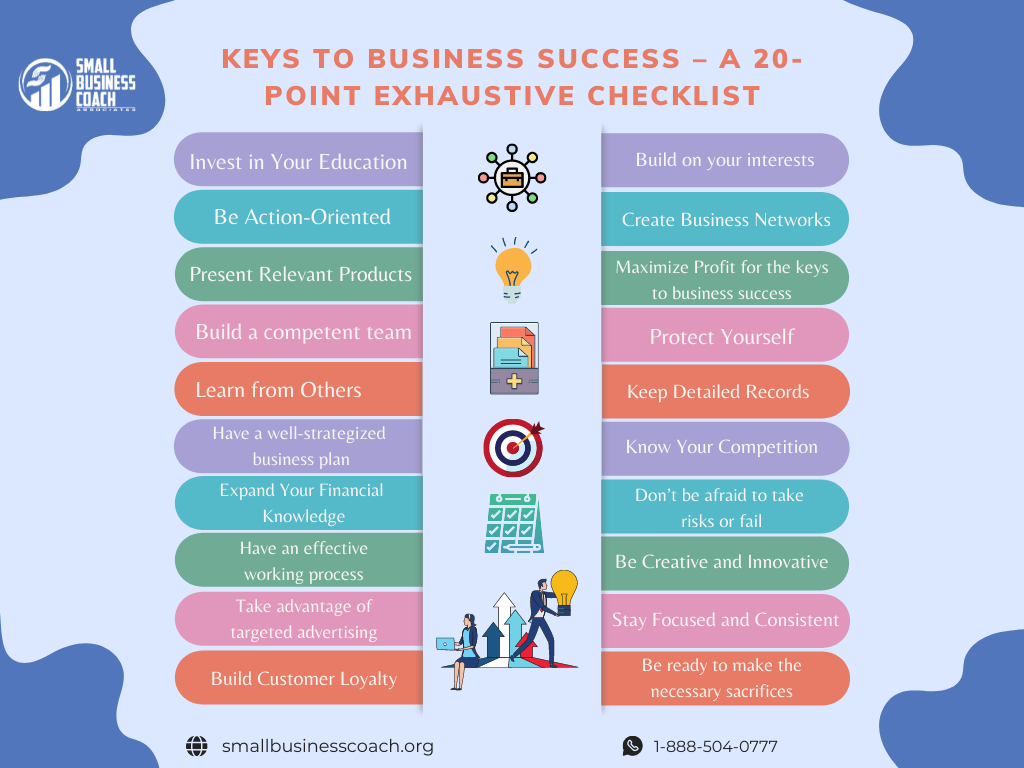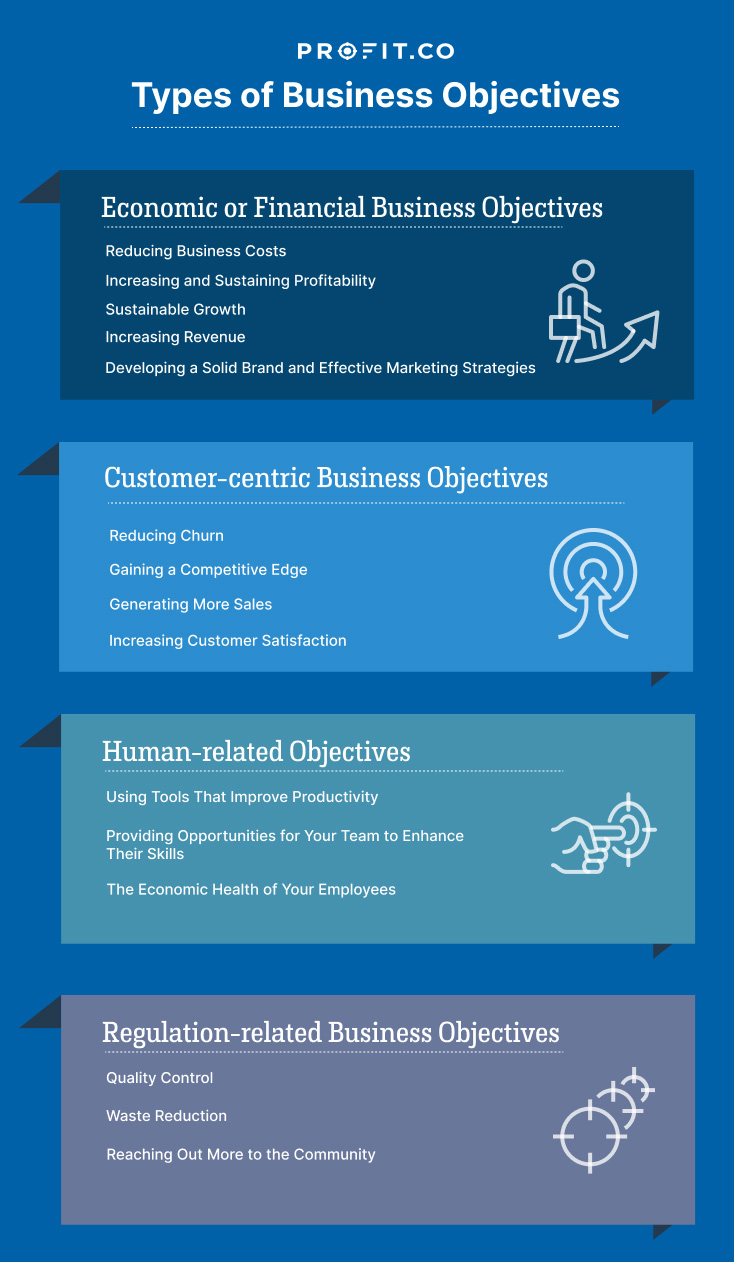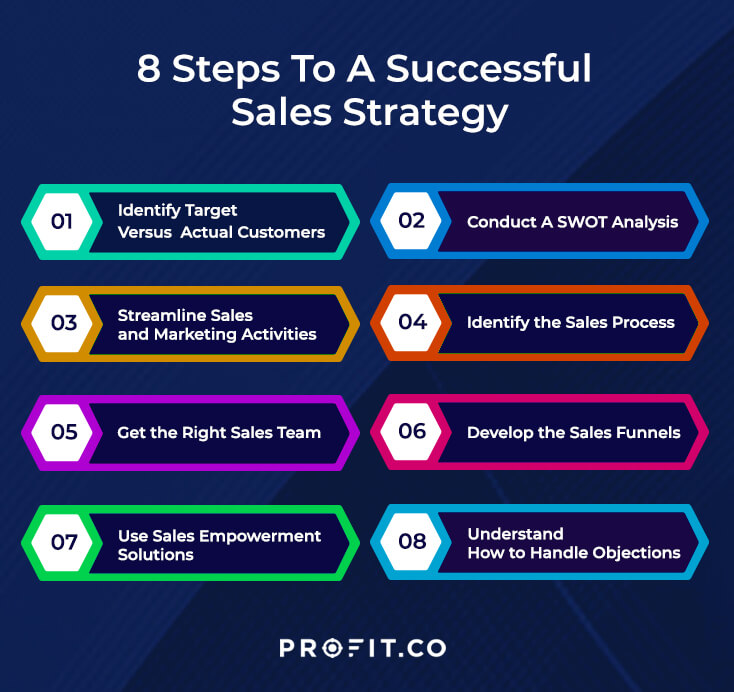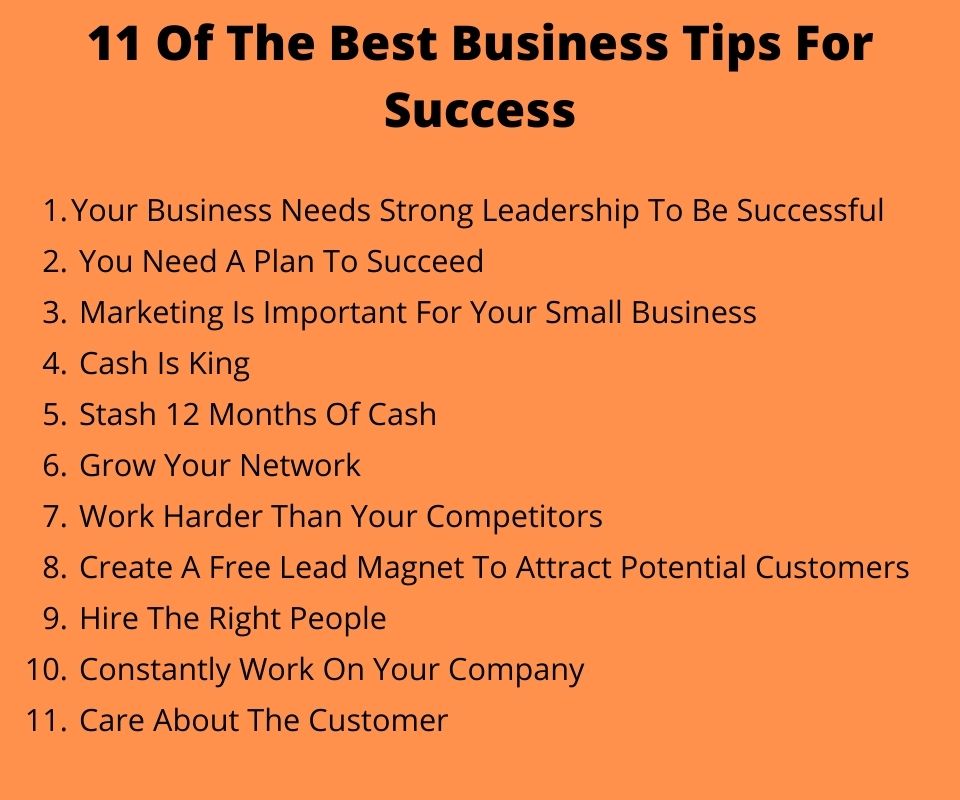How Long Should You Give A New Business To Succeed

Launching a new business is a gamble, and knowing when to pull the plug is crucial. Many entrepreneurs face the daunting question: How long should I give my business before declaring it a success or failure?
The answer isn't simple, varying widely by industry, capital, and adaptability. However, understanding typical timelines and key performance indicators (KPIs) can significantly improve your odds of making the right decision.
Industry Benchmarks and Survival Rates
Business survival rates paint a stark picture. According to the Small Business Administration (SBA), about 20% of new businesses fail during the first year.
By year five, roughly 50% are no longer operating. Within ten years, only about 33% survive, highlighting the long and often challenging road to sustained success.
Different industries face different realities. High-tech startups, for example, might see quicker initial growth (or equally rapid burnout) than traditional brick-and-mortar retail businesses.
Key Performance Indicators (KPIs) to Watch
Rather than blindly adhering to a set timeline, monitor specific KPIs to gauge your business's health. Revenue growth is obviously critical.
Consistently failing to meet revenue projections month after month should raise serious red flags. Examine your profit margins.
Are you actually making money after covering all expenses? Customer acquisition cost (CAC) is another crucial metric.
If it costs significantly more to acquire a customer than the revenue they generate, your business model may be unsustainable.
Customer retention rates also matter. Keeping existing customers is far more cost-effective than constantly finding new ones.
Capital Runway and Adaptability
Your capital runway – the amount of time you can operate before running out of funds – is a major factor. A business with ample capital can afford a longer timeframe to experiment and iterate.
However, limited capital necessitates a faster path to profitability. Adaptability is equally vital.
The business landscape is constantly changing, and a rigid business plan can quickly become obsolete. Willingness to pivot and adjust your strategy in response to market feedback is essential for survival.
Eric Ries, author of "The Lean Startup," emphasizes the importance of validated learning and building a minimum viable product (MVP) to quickly test and refine your business model.
The Two-Year Mark: A Critical Juncture
While there's no magic number, the two-year mark is often considered a critical juncture. By this point, you should have a clear understanding of your market, your customer base, and your business's financial viability.
If, after two years, you're consistently struggling to meet your KPIs and showing no signs of significant improvement, it may be time to consider a change in strategy, a pivot, or even closing down.
Remember that failing fast is often preferable to dragging out an unsustainable business. Holding on for too long can deplete your resources and hinder your ability to pursue other opportunities.
"Don't be afraid to fail. Be afraid not to try." - Michael Jordan
However, remember to learn from every failure and use those lessons to inform your next venture.
Next Steps: Assessing Your Situation
Regularly assess your business's performance against your initial goals and industry benchmarks. Seek advice from mentors, advisors, and other entrepreneurs.
Be honest with yourself about your business's strengths and weaknesses. If you decide to continue, develop a clear action plan with specific, measurable, achievable, relevant, and time-bound (SMART) goals.
If you decide to pivot or close down, do so strategically and with a focus on minimizing losses and preserving relationships. The decision of how long to give your business is never easy, but making an informed choice is crucial for your long-term success.


















